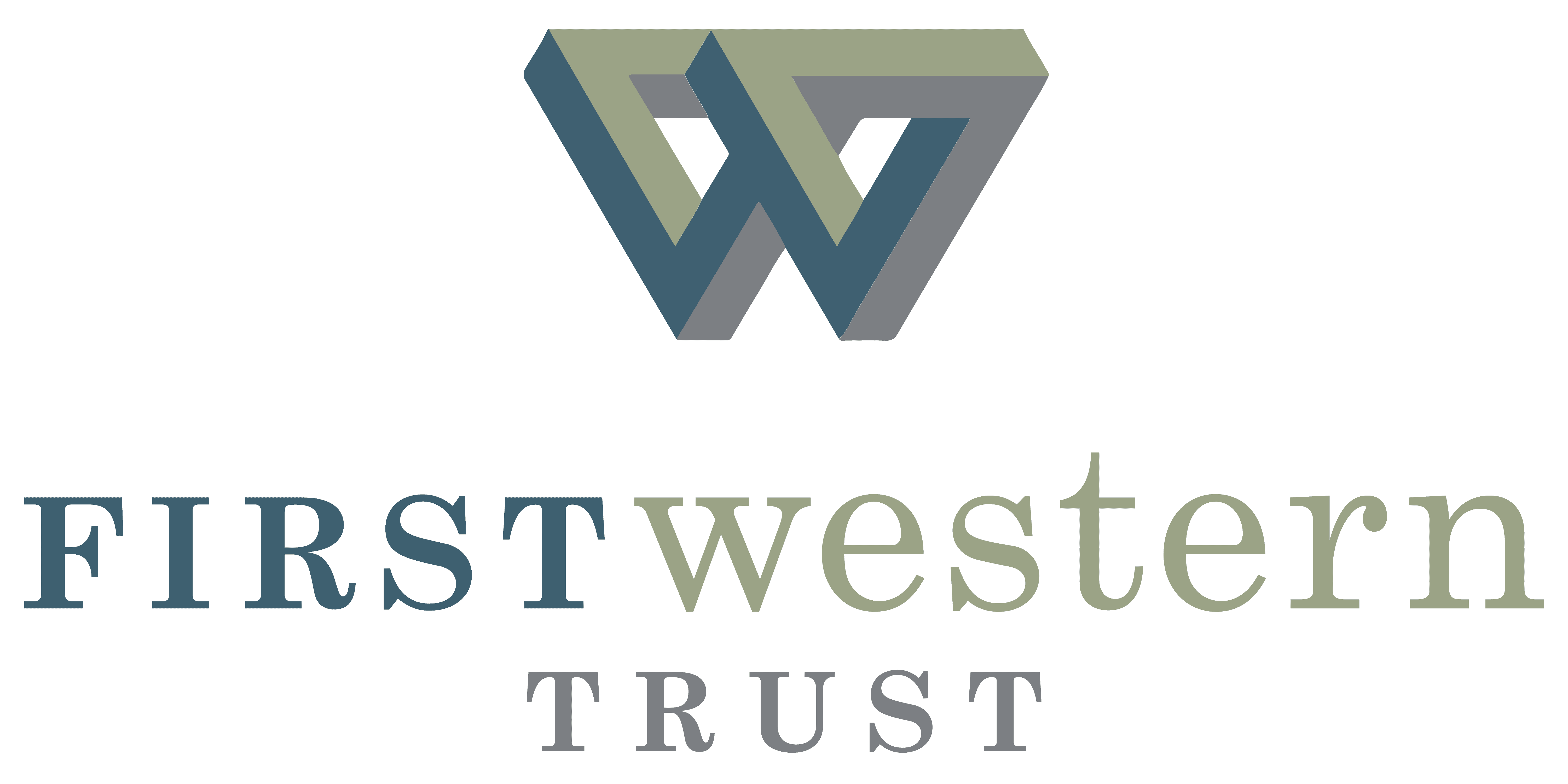
First Western Trust 2017 Outlook
December 21, 2016
December 19, 2016
We are in the midst of a late-cycle renewal of U.S. economic growth well over 7 years into our recovery. Confident consumers alongside a healthier energy sector and a more stable dollar have helped lift our economy out of the sub-2% growth that has plagued us since early 2015. President-elect Trump is inheriting an economy that was already showing signs of reheating during the third quarter of 2016. The Republican sweep in Washington has infused a new optimism into the stock market as the likelihood of continued economic re-acceleration has risen. The prospect of significant fiscal stimulus next year coupled with the easing of regulatory drag points to a pick-up in the pace of GDP growth in 2017 potentially above 2.5%.
There’s no question that our economic recovery is one of the longest in history, begging the question as to how much more life it has. But age alone is no determinant of economic cycles. Our average annual growth during this recovery, at about 2%, is one of the slowest paces of post- WWII expansions. Thus, it has taken much longer than normal to bring our economy back to full employment, and wages have just begun to ramp up. We believe 2017 will be a year of economic growth, higher corporate profits, re-inflation, and gradually higher interest rates. The stock market, in its post-election exuberance, has already priced in, at least, some of this economic warm-up. But, we can certainly build a solid case for higher stock prices in 2017 based on our forecast for corporate profit growth potential combined with measured P/E multiple contraction. This is our base case.
However, we are also mindful of the uncertainty that the upcoming administration introduces across a number of policy dimensions. So our base case of positive stock returns comes with a cautionary note. President-elect Trump is a little over a month away from taking office so we can only guess at the impact of his eventual fiscal stimulus and deregulation programs. Comments from Treasury Secretary nominee, Steve Mnuchin, asserting that GDP growth rates of 3-4% are within reach seem a bit aggressive to us. Additionally, Mr. Trump is, unquestionably, a wild card on the geopolitical stage which introduces a certain amount of “tail risk” into our 2017 market outlook.
Global Landscape
The global economic landscape is showing some of the same improvement that we’re seeing here in the U.S. Eurozone manufacturing, helped by the weaker Euro, has strengthened into the final months of 2016, showing the best growth rates of the year. The growth uptick is being accompanied by higher inflation, which is a positive in the eyes of European Central Bank (ECB) policymakers who have spent years in a battle against deflation. Although the European economy is behind that of the U.S. in its overall recovery, we’re at a pivotal point of tapering in the amount of quantitative easing by the ECB even though they have extended the length of the program.
We don’t want to ignore the potential for political uncertainty to derail the European growth pickup as elections with populist undertones loom in the Netherlands, France and Germany, and Brexit discussions begin. But surveys of businesses in Europe are showing an optimism for the coming year that, at least for now, is shrugging off the political uncertainty.
Japan, the world’s third largest economy after the U.S. and China, has recently experienced an uptick in growth due to a stronger export picture. Economic improvement in key trading partners’ economies like the U.S. and China has been a help as has the weaker yen. Japan’s growth has been anemic and choppy over the past several years so it will be interesting to see if the third quarter rebound in growth can attain any longer term traction.
The Emerging Market (EM) economies, led by stabilization in China, are exhibiting a resurgence in their growth advantage over the Developed Markets (DM). Collapsing commodity prices, induced in part by the slowing and restructuring of China’s economy, have particularly weighed on the EM complex over the past few years. Now, with the bottoming of commodity prices early in 2016, and the receding fears of a hard landing in China, we have seen improvement in the EM, both psychologically and in real economic terms. There’s no question that the Emerging Markets have looked undervalued relative to the Developed Markets; however, Trump-policy implications like higher interest rates and a stronger dollar, and restrictive trade and immigration, could create challenges for the Emerging Markets.
Fed Rate Hikes
The Fed’s December 14th decision to raise the Fed Funds overnight lending rate by 0.25 percent should be viewed as a vote of confidence in our country’s economic re-acceleration that we alluded to earlier. In Chairwoman Yellen’s statement, she highlighted how the committee strives to be non-political, and did not base their rate increase on expectations of future growth driven by upcoming changes in fiscal policy. Rather, the Fed is more reactionary and came to their unanimous decision based on current data reflecting a strengthening labor market and inflation moving more rapidly toward the Fed’s 2% target. This is only the second time in a decade that the Fed has raised rates. But, it likely marks the beginning of a long path of rate increases. Yellen’s comments took on a slightly hawkish tone, anticipating three additional rate hikes in 2017, up from the committee’s projected two at their September meeting. But knowing that the Fed will be “data dependent” should calm the markets somewhat. If three rate increases are, in fact, necessary, rates are rising because the level of growth warrants it. Stocks have historically shown the ability to advance in a rising rate environment when the rate moves are precipitated by economic growth that’s coupled with stable levels of inflation. Bonds, on the other hand, should experience price pressures as the Fed moves to normalize rates. A move to a 3%, 10-year Treasury bond yield would likely translate into breakeven to slightly negative bond total returns. Price declines would be largely offset by bond yield if we see an orderly rise in rates. But, indications are growing that our multi-decade bull market in bonds is coming to an end.
Active vs. Passive
We also want to re-address the active-passive investment management argument in light of growing evidence that we’ve finally entered a rising interest rate environment. Studies show that when interest rates are in a rising trend, active managers tend to beat their benchmarks. There is a solid reason behind this phenomenon. When rates go up, you see lower correlations and higher dispersion between the best- and worst-performing stocks, an important factor for active managers. In periods of high correlation, when a large percentage of stocks move up or down in tandem, active managers tend to not be rewarded for their fundamental research. Since the November 8th election, stocks have become less correlated. President-elect Trump’s policies are expected to have very specific winners and losers. Fundamentals are expected to matter more. At the same time, Fed-induced rallies, which tend to lift all boats, may be history. The two combined may set the stage for active management to finally take back center stage.
Yet, despite our sense that active management will likely experience a cyclical renaissance in the near future, we understand the importance of continued inclusion of passive management in diversified portfolios. Each style has its advantages, and we see no reason why an investor needs to limit themselves to one style over the other. Active managers give investors the potential to outperform the benchmark through superior stock selection, as well as to invest in a higher quality portfolio that tends to provide protection in bear markets. Passive investing is a lower cost alternative that offers index performance (minus fees) in all market environments and can offer tax efficiency. We believe that the best strategy is to use both wisely.
Portfolio Implications
In the scenario that we have laid out as our base case for 2017, we believe that it’s important to remain broadly diversified across an array of asset classes. Uncertainty abounds with changes in Washington that could lead to higher growth rates but also higher interest rates and inflation. We’re expecting to see a global shift away from Central Bank largesse that has been one of the cornerstones of the 8-year old bull market. Key elections in Europe will likely move markets, and China is always a wildcard in our global outlook.
We expect stocks to outperform bonds in 2017. The S&P 500 is showing the potential for mid to high single-digit total returns, if corporate profits see the 7-8% growth that we’re anticipating, although we expect to see some P/E multiple contraction in 2017 due to our forecast of rising interest rates and inflation. Post-election stock market moves have been focused on U.S. stocks where the attention is on the upside potential from the Republican sweep in Washington. Overseas, the focus seems to have been on the negatives, widening the relative valuation gap between domestic and international stocks. Although the recent excitement in stocks has been U.S. oriented, we think it would be a mistake to abandon international allocations given their attractive relative valuations and, particularly when the reheating of economic growth is a global story, not limited to the U.S.
Though our outlook for bond returns is muted at best, fixed income securities provide stability for portfolios and can’t be ignored. We’ve seen a sharp rise in rates since the election and recent Fed hike. The bond market is already pricing in some expectation for higher growth, interest rates and inflation in 2017. Future bond market moves may not come with the same fierceness of the past couple months. Within bonds, we continue to advocate a defensive allocation of short-duration bonds alongside core intermediate holdings. And we are maintaining our overweight to corporate bonds and mortgages versus treasuries until rates move somewhat higher, through 3% on the 10- year Treasury. The credit segment of the bond market also provides better inflation protection than treasuries.
Alongside strategic stock and bond allocations, we believe alternative investments like real assets and absolute return investments make sense in a rising interest rate and inflation environment. Diversification across asset classes can provide healthy portfolio protection in our uncertain times. Although the base case for our 2017 Outlook is one of continued economic growth and positive stock returns, the risks brought on by upcoming fiscal spending, the shift toward more Fed rate hikes, and geopolitical unknowns argue for the protection that broad diversification offers.
Debbie Silversmith, CFA
Chief Investment Officer
What questions do you have regarding the markets in 2017? Connect with our Portfolio Managers to discuss your portfolio.
Investment and insurance products and services are not a deposit, are not FDIC insured, are not insured by any federal government agency, are not guaranteed by the bank and may go down in value. Opinions and estimates offered constitute our judgment and are subject to change without notice, as are statements of financial market trends, which are based on current market conditions. This material is not intended as an offer or solicitation for the purchase or sale of any financial instrument. This material has been prepared for informational purposes only, and is not intended to provide, and should not be relied on for, accounting, legal or tax advice.
Newsletter Sign Up
Insights
Structuring and Funding a Buy-Sell Agreement
As a business owner, your company likely represents a significant portion of your family’s wealth. At some point, you’ll need […]
Learn more
Retitling and Repositioning Assets During Major Life Events
Your financial situation and estate planning needs evolve over time. Major life events can impact how your assets should be […]
Learn more
Real Estate Investment Trends to Know in 2025
As the real estate market continues to evolve, staying ahead of emerging trends is essential for investors looking to capitalize […]
Learn more
Current Market Commentary
Yesterday’s market selloff, triggered by the announcement of new import tariffs, resulted in the largest single-day decline for markets since […]
Learn more
First Western Trust Appoints Brandon Summers as Executive Director, Wealth Management
Denver, CO April 2025 — First Western Financial, Inc. (NASDAQ: MYFW) First Western Trust is pleased to announce the appointment […]
Learn more
Structuring and Funding a Buy-Sell Agreement
As a business owner, your company likely represents a significant portion of your family’s wealth. At some point, you’ll need […]
Learn more
Retitling and Repositioning Assets During Major Life Events
Your financial situation and estate planning needs evolve over time. Major life events can impact how your assets should be […]
Learn more
Real Estate Investment Trends to Know in 2025
As the real estate market continues to evolve, staying ahead of emerging trends is essential for investors looking to capitalize […]
Learn more
Current Market Commentary
Yesterday’s market selloff, triggered by the announcement of new import tariffs, resulted in the largest single-day decline for markets since […]
Learn more
First Western Trust Appoints Brandon Summers as Executive Director, Wealth Management
Denver, CO April 2025 — First Western Financial, Inc. (NASDAQ: MYFW) First Western Trust is pleased to announce the appointment […]
Learn more
Structuring and Funding a Buy-Sell Agreement
As a business owner, your company likely represents a significant portion of your family’s wealth. At some point, you’ll need […]
Learn more
Retitling and Repositioning Assets During Major Life Events
Your financial situation and estate planning needs evolve over time. Major life events can impact how your assets should be […]
Learn more
Real Estate Investment Trends to Know in 2025
As the real estate market continues to evolve, staying ahead of emerging trends is essential for investors looking to capitalize […]
Learn more







